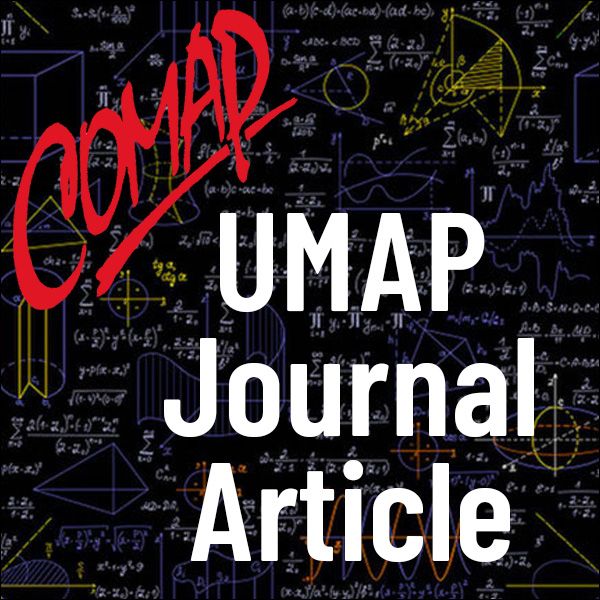Using Calculus to Analyze Wood in Streams
Author: Melissa Erdmann and Eric Merten
Introduction
Wood performs many important ecosystem functions in streams, such as encouraging scour of pools and backwater habitat, entrapping leaves and other organic matter, creating overhead cover and habitat complexity for fish, and providing a stable substrate for invertebrates and biofilms [Angermeier and Karr 1984; Beechie and Sibley 1997; Johnson et al. 2003; Eggert and Wallace 2007]. The ecosystem functions of wood are widely recognized by aquatic ecologists and fisheries managers; in fact, the critical importance of instream wood prompted the American Fisheries Society to publish a book summarizing research done worldwide [Gregory et al. 2003].
Human activities such as forest harvest and urbanization may reduce the amount of wood in streams below natural levels [Sturtevant et al. 1997; Roy et al. 2005]. Forest harvest can also cause a shift toward smaller logs that provide less structure in the stream and are more likely to be exported downstream [Ralph et al. 1994; Hilderbrand et al. 1998]. While conscientious management of streamside forests remains the best way to preserve wood inputs, stream restoration practitioners have also turned to direct wood additions for more-immediate results [Fischenich and Morrow 2000; Hassan et al. 2005].

Mathematics Topics:
Application Areas:
You must have a Full Membership to download this resource.
If you're already a member, login here.